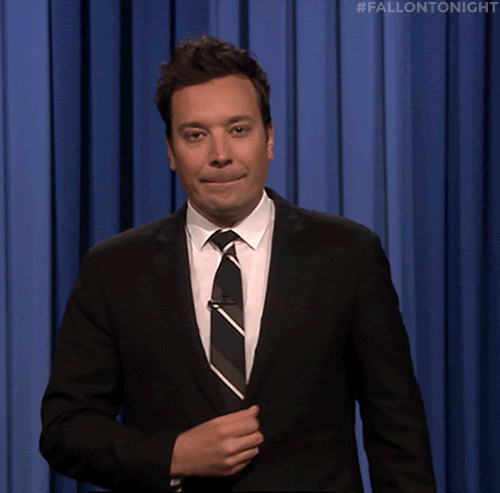
MINIMUM ADVERTISED PRICE POLICY
A Minimum Advertised Pricing policy is a key tool many suppliers use to preserve product profitability and integrity at retail, but is it the MVP or just a starting player? While MAP doesn’t stand for Motrin, Aspirin or any other Painkillers, we know that trying to keep up with all the policies and best practices to protect your brand online can make you feel like you need one of those. Here’s a little headache relief: below we’ve summarized the fundamentals of a MAP program to help you understand what it is if your company needs one, and the next steps to safeguarding your brand, specifically on the notorious offender—Amazon.
WHAT IS A MAP POLICY?
Simply put, a Minimum Advertised Price policy is the lowest price a distributor or retail partner agrees to advertise a supplier’s product at. To “dangle a carrot," suppliers coax compliance by giving preferential treatment to cooperating sellers by offering them first dibs on new product releases, and often advertising funds. While this helps regulate the advertised price, a MAP policy does not control the price a vendor actually sells the product for.
It’s important to err on the side of caution with these policies and understand that your retail partners are not legally obligated to adhere to the price you set, otherwise your MAP policy can infringe on antitrust laws and be considered price-fixing. It’s kind of like a proposal—you’ve built a strong mutually-beneficial relationship, get down on bended knee, offer a proverbial diamond, and you can’t legally make them say “yes.” But don’t throw up your hands (or ring into the lake) quite yet, you can impose penalties on authorized retailers who break a MAP agreement. A standard three-strike policy can look like this:
First Offense: Receive a written Warning
Second Offense: Withdraw cooperative advertising funds (or other preferential treatments)
Third Offense: Lose rights to sell product
IS A MAP POLICY RIGHT FOR YOUR BRAND?
There are a few questions you can ask to determine if a MAP Policy is right for your company:
Do you have a distributor or retail partners?
Do you routinely have an online price war because retailers are underpricing your products?
Do you have preferential terms to offer in exchange for cooperation?
Now it’s important to note that a lot of companies have an issue with products being advertised below value, whether they have retail partners or not. Somehow mystical holes open up in the distribution universe and TA-DA your product ends up being sold at half price by a grey market goblin on Amazon. So while a MAP policy can help regulate authorized sellers, what do you do when your product is being sold by someone you don’t know, or trust your customers with, online? That’s where our magic comes in.
WHAT COMES AFTER MAP?
Amazon cares about its reputation of offering the lowest price, which is why they don’t protect your MAP policy or your goods against any unauthorized selling. They’re also the e-commerce behemoth, which can make brands feel powerless to maintain control of their product once it reaches Amazon’s platform. We created Brand Guarde because we once sat in the seat you are, feeling our business’ vulnerability to elements that felt out of our reach. That’s why we write articles like this one and offer the services we do— so you can feel empowered with information and know there’s a team on your side. We want to be a resource for the issues you're facing and if you need to tag in some help, our unique software and service is designed to track your products and pricing, police who are selling your products, and enforce your pricing or selling policies by preventing and removing gray market retailers.
To bring this full circle and give you a little proof in the pudding (forget your New Year's resolution for a minute🍮): we recently worked with a brand whose product was being controlled by a 73% share of unauthorized sellers on Amazon. That means the 27% who were authorized were getting pretty beat up by underpricing gray market sellers (which often has detrimental consequences on business relationships). Within 3 months we were able to remove all of those unauthorized sellers and all of their MAP violations vanished. In the end their revenue increased by 25% 💸 and you can take that to the bank. 😉

Before we sign off here, we know you might be left with a few questions. If you want to dive deeper into MAP and Amazon, our founder Joe wrote an article for WebRetailer that you should check out. Or if you have questions we haven’t addressed you can always catch us for a quick Q&A on social media!
If you want to be the first to know as soon as our next blog hits the presses subscribe to the form at the bottom of the page. 🥳